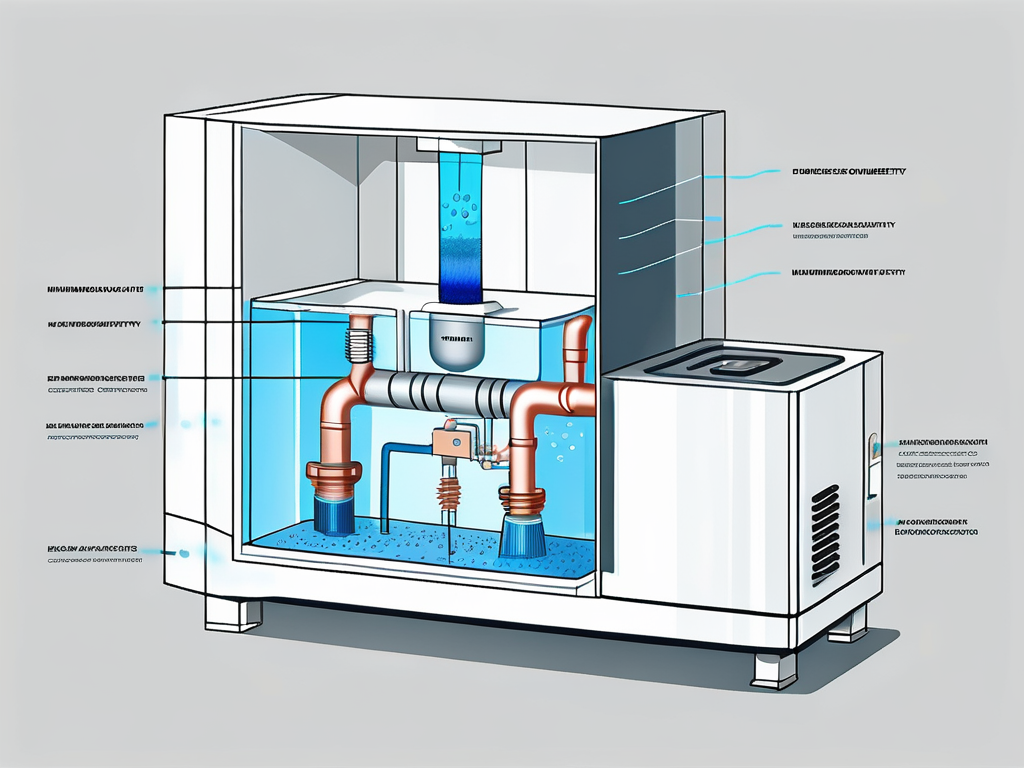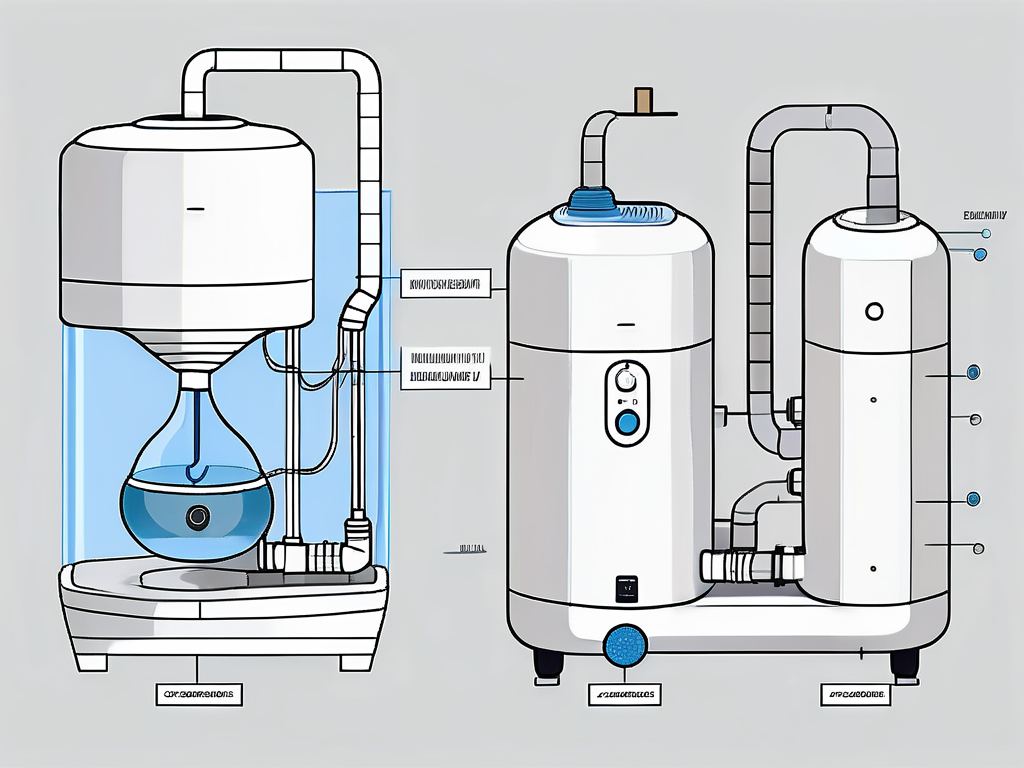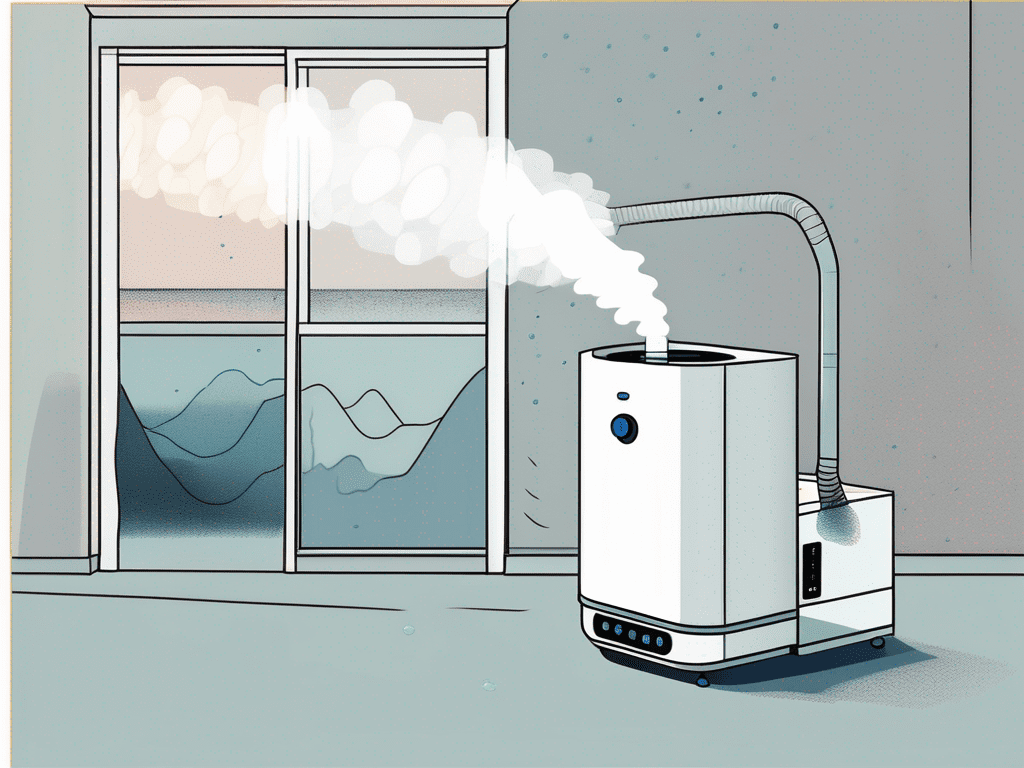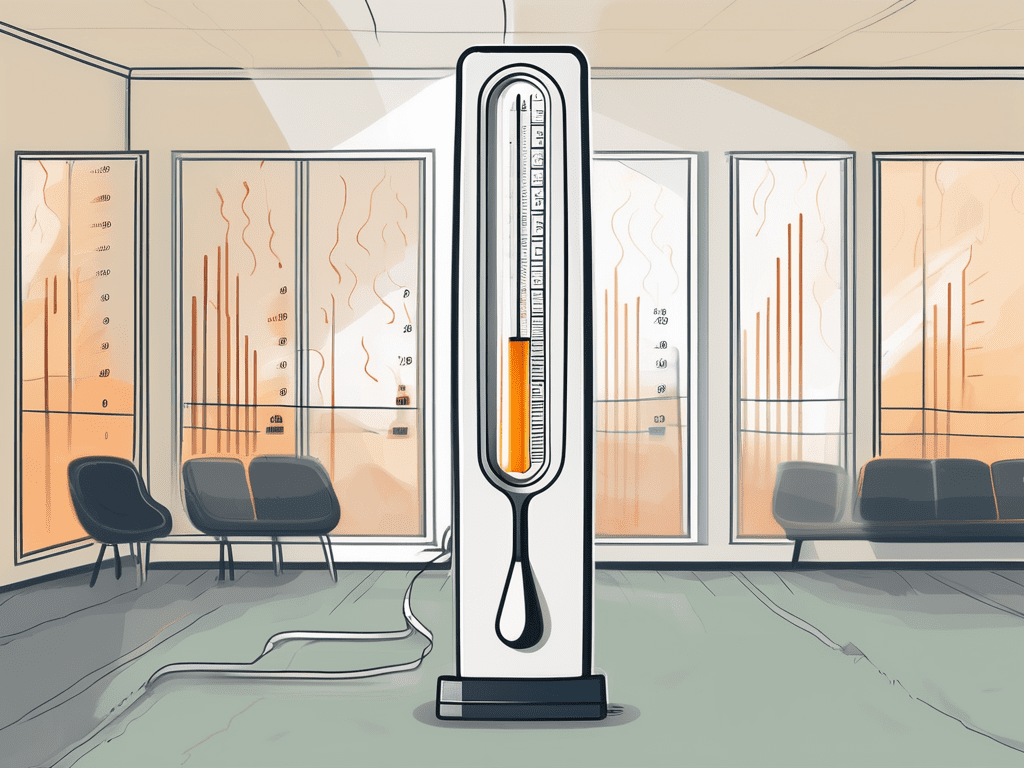Humidity control is a crucial aspect of maintaining a comfortable and healthy indoor environment. It is particularly important in certain settings such as homes, offices, and industrial spaces where the level of humidity can significantly impact human health, the performance of electronic equipment, and the condition of other sensitive materials. One of the most common devices used for humidity control is the evaporative humidifier. This article provides an in-depth exploration of the evaporative humidifier, explaining its function, benefits, and how it contributes to effective humidity control.
Understanding the role of an evaporative humidifier in humidity control requires a basic grasp of the concept of humidity and the principles of evaporation. Humidity refers to the amount of water vapor present in the air, and it’s usually expressed as a percentage of the maximum amount of moisture the air can hold at a particular temperature. Evaporation, on the other hand, is the process by which water changes from a liquid state to a gaseous state, and it’s this principle that the evaporative humidifier leverages to increase the humidity level in a room or building.
Functioning of an Evaporative Humidifier
An evaporative humidifier operates on a simple yet effective principle. It uses a reservoir to hold water, a wick to draw this water to the surface, and a fan to blow air across the damp wick. As the air passes over the wick, it picks up moisture through evaporation and carries it into the room, thereby increasing the room’s humidity level. The rate of evaporation, and consequently the amount of humidity added to the air, is largely determined by the existing humidity level in the room. The lower the room’s humidity, the faster the evaporation and the more moisture is added to the air.

The wick in an evaporative humidifier plays a crucial role. It is designed to have a large surface area, which allows for maximum evaporation. The quality of the wick can significantly impact the performance of the humidifier. A good wick should be able to absorb water quickly and allow for efficient evaporation. It should also be resistant to mold and bacteria growth, which can compromise the quality of the humidified air.
Types of Evaporative Humidifiers
There are two main types of evaporative humidifiers: portable and whole-house. Portable evaporative humidifiers are compact, standalone units that can be moved from room to room. They are ideal for small to medium-sized rooms and are typically easy to maintain, with removable tanks that can be filled directly from the tap.
Whole-house evaporative humidifiers, on the other hand, are larger and are usually integrated into the home’s heating, ventilation, and air conditioning (HVAC) system. They draw water directly from the home’s water supply and can humidify the entire house. While they require professional installation and regular maintenance, they are more efficient and economical in the long run, especially for larger homes.
Benefits of Using an Evaporative Humidifier
Evaporative humidifiers offer several benefits. First, they help maintain a comfortable humidity level, which can improve skin hydration, alleviate dry eyes and throat, and reduce static electricity. They can also help alleviate symptoms of respiratory conditions such as asthma and allergies by keeping the airways moist and reducing the concentration of dust and other allergens in the air.

Second, evaporative humidifiers are energy-efficient. They only use electricity to run the fan, and the amount of moisture they add to the air is self-regulating, as the rate of evaporation decreases as the humidity level increases. This makes them a cost-effective solution for humidity control.
Considerations When Using an Evaporative Humidifier
While evaporative humidifiers offer numerous benefits, there are also considerations to keep in mind. One is the need for regular maintenance. The water tank and wick need to be cleaned regularly to prevent the growth of mold and bacteria. The wick also needs to be replaced periodically to ensure efficient operation.
Another consideration is the noise level. While most evaporative humidifiers are relatively quiet, the sound of the fan can be noticeable, especially in smaller or quieter rooms. It’s important to consider this factor when choosing a humidifier, especially if it will be used in a bedroom or study.
Evaporative Humidifier vs. Other Types of Humidifiers
There are several types of humidifiers available, including steam vaporizers, ultrasonic humidifiers, and impeller humidifiers. Each type has its own advantages and disadvantages, and the choice between them depends on various factors such as the size of the room, the desired humidity level, and personal preferences.

Compared to other types of humidifiers, evaporative humidifiers are generally more reliable and efficient. They are less likely to over-humidify a room, as the rate of evaporation naturally decreases as the humidity level increases. They also do not produce white dust, a common problem with ultrasonic and impeller humidifiers that use high-frequency vibrations or rotating disks to create a cool mist.
Conclusion
Humidity control is a vital aspect of maintaining a comfortable and healthy indoor environment, and evaporative humidifiers play a key role in this process. By understanding how these devices work and the benefits they offer, you can make an informed decision about the best humidity control solution for your needs.
Whether you choose a portable or whole-house model, an evaporative humidifier can help improve air quality, alleviate symptoms of respiratory conditions, and provide a more comfortable living or working space. With regular maintenance and proper use, it can be an effective and economical tool for humidity control.






